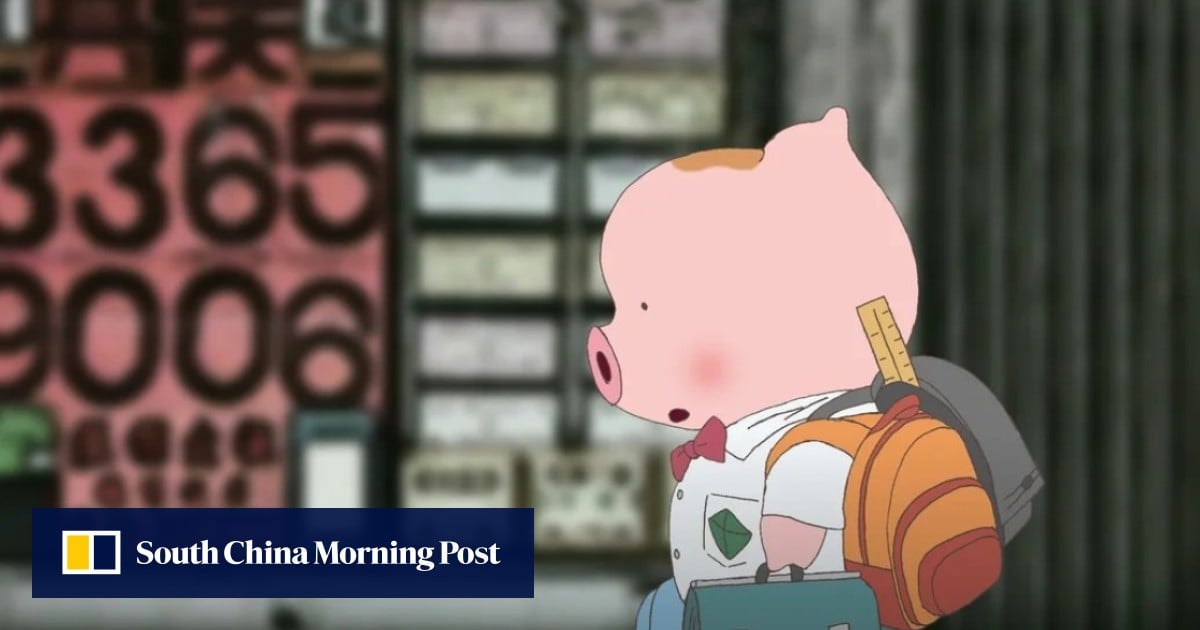“There was a sense of celebration when it was released – it was a celebration of one of the city’s unique characters, and of life in the city, too,” Scott says. “McDull loves what Hongkongers love and the film really celebrates street life and family life here.”
How Wong Jing ruled the box office in 1990s Hong Kong
How Wong Jing ruled the box office in 1990s Hong Kong
“Viewers easily recognised all sorts of Hong Kong character traits, cultural references and wordplay in the mix,” adds Hong Kong film expert Tim Youngs, noting that the authentic depiction of life in Tai Kok Tsui, a run-down neighbourhood in West Kowloon which has since been rejuvenated, played a part in the film’s success.
“Visually, viewers were swept into the strangely lifelike scenes of Tai Kok Tsui, and enjoyed highly local close-up detail and touches of nostalgia. Take the kindergarten scenes: Hongkongers with kids could spot the digs at the city’s ‘win at the starting line’ approach to education,” says Youngs.
McDull was the brainchild of illustrator Alice Mak Ka-pik and writer Brian Tse Lap-man, who developed the original newspaper comic strip while working at Ming Pao Weekly in 1988.
The strip was a hit, and when the duo formed the children’s magazine Yellow Bus, it also appeared in that.
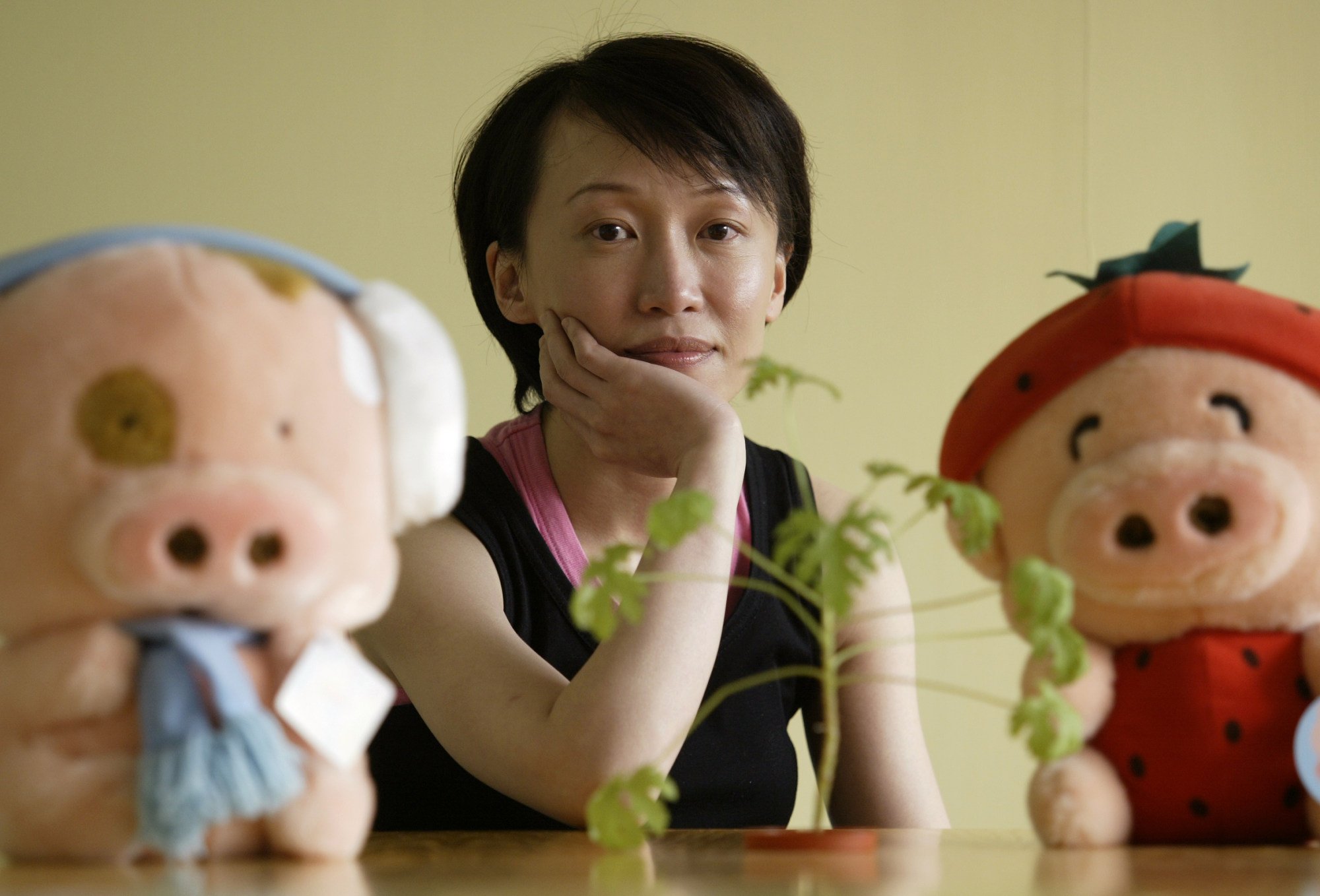
The comic strip featured McDull’s smarter cousin McMug, who was gradually brought to the fore. McDull himself was a side character, but his popularity caused Mak and Tse to focus on him for the animated film, which was directed by Toe Yuen Kin-to.
“McDull’s world is very real,” Mak told the Post’s Winnie Chung in 2003. “There is poverty and disadvantage. What’s important is that he doesn’t let it get to him.”
The character may not be too intelligent, but Mak – who has sometimes claimed that she is McDull – thought that quality made him accessible.
“I think there is a little bit of McDull in all of us,” she said. “If people like McDull, I hope that if they see similar qualities in their friends, they will cast aside their own prejudices and love them like they love McDull. It is not meant as a social statement, but we must care about what is going on around us.”
The film comprises five vignettes which detail the pig’s adventures as he grows older. He is grounded in reality but often gets lost in his dreams.
In a section in which he trains for the bun-snatching event at the Cheung Chau Bun Festival, his mother is so impressed with his efforts she writes to the Olympic Committee to try to get bun snatching accepted as an Olympic sport.
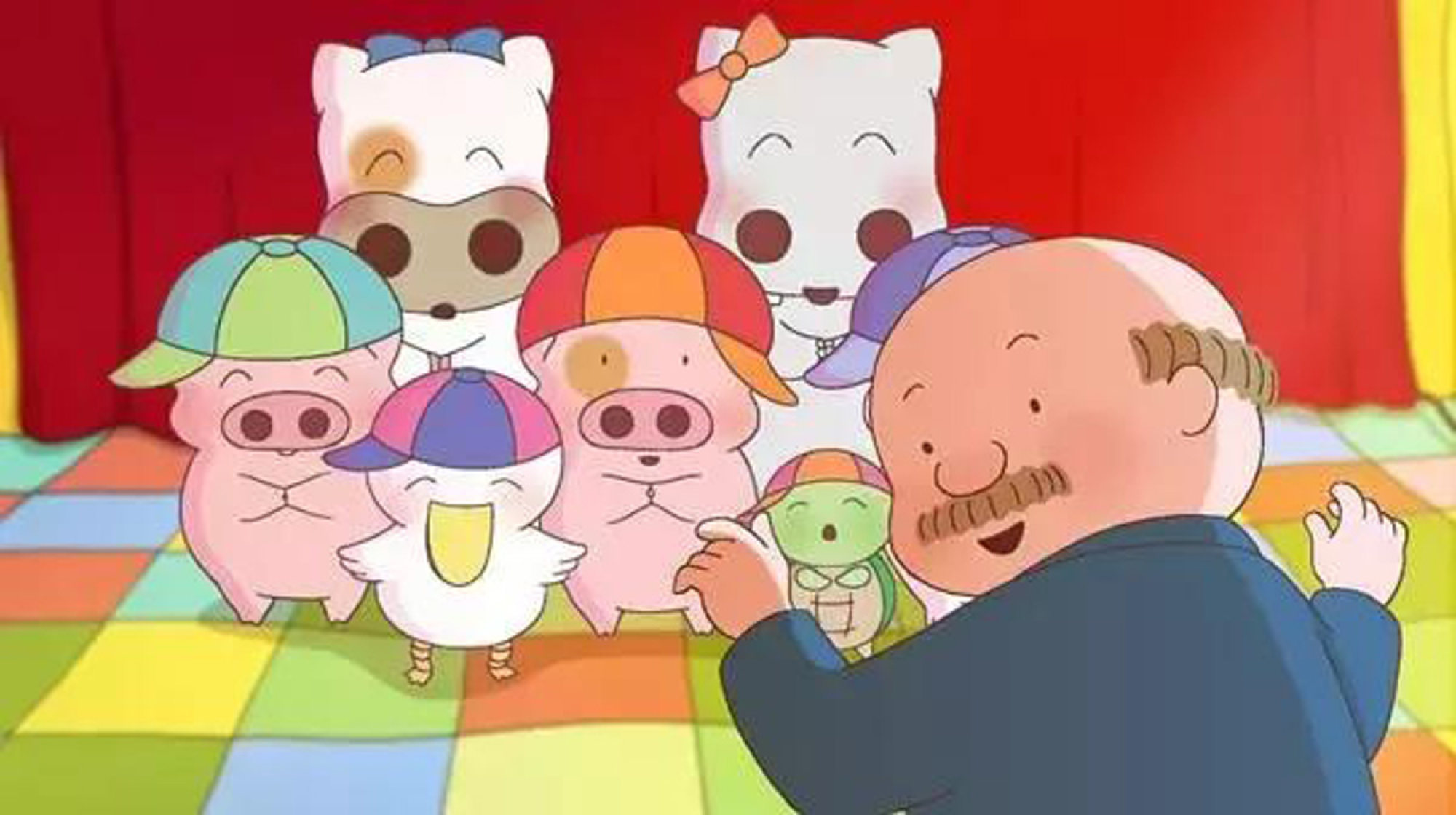
The inspiration came from Hong Kong’s gold-medallist windsurfer Lee Lai-shan. “We were all still celebrating Lee Lai-shan’s Olympic gold at the time and she was perhaps the most ‘Hong Kong’ athlete we’ve ever had,” says Scott.
“Her story was like McDull’s in that it was a triumph of a regular person facing incredible odds. So to include her home island of Cheung Chau and the bun tower in the story was inspired.”
The film, which featured voice-overs by Sandra Ng Kwan-yue, Jan Lamb Hoi-fung and Anthony Wong Chau-sang, was a fully local product.
Mak, Tse, Yuen and a team of seven animators made the film themselves. By contrast, Tsui Hark’s A Chinese Ghost Story animation used Japanese technicians.
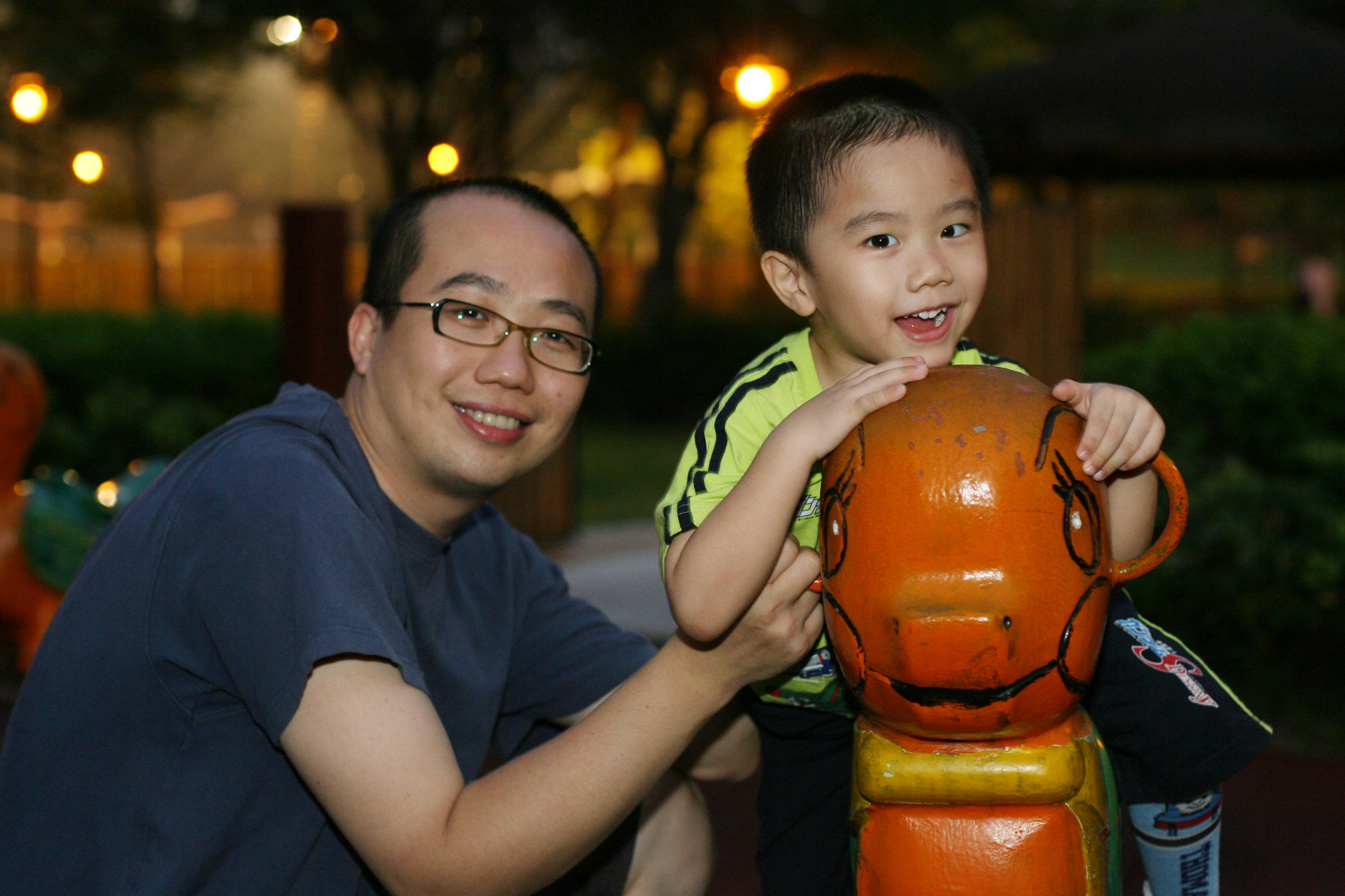
“There’s a great deal of Hong Kong pride in the film, and it hit local cinemas as the plucky ‘100 per cent made in Hong Kong’ alternative to Hayao Miyazaki’s Spirited Away,” says Youngs.
“Writer-producer Brian Tse had wanted to avoid Japanese and Disney animation styles, and the production team came up with their own animation formula.”
The animation flits from style to style, depending on the mood of the character. The depictions of urban Tai Kok Tsui are photorealistic drawings, and there is even a live-action scene at the end of the film. A scene which envisages McDull’s mother as part of a 1990s computer game is a stand-out.
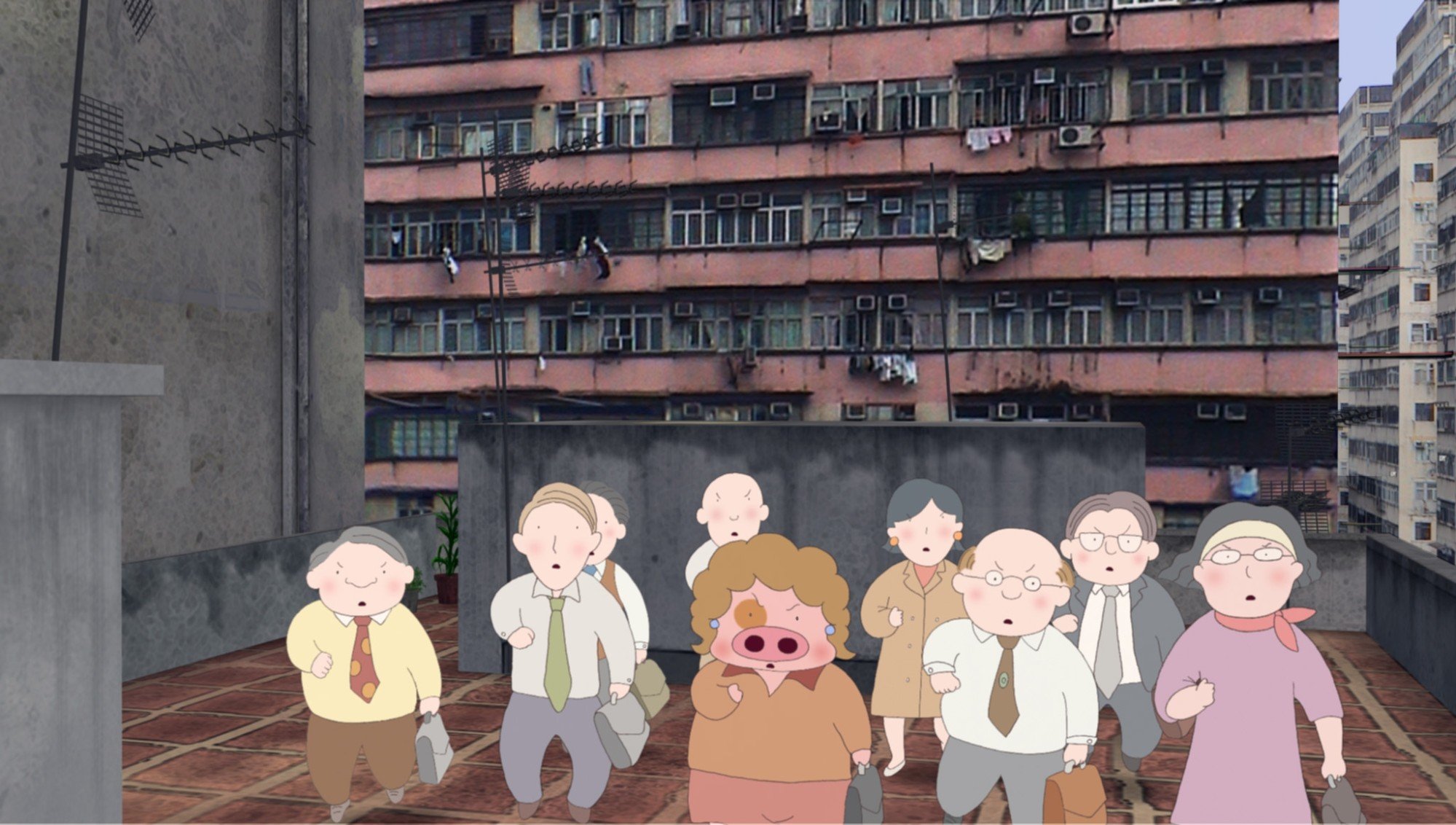
Not many animated films had been made in Hong Kong before McDull, mainly because animation is too time-consuming for the city’s quick-fire film industry.
“For television, it’s easier to import series from Japan and dub them. The expected local wave of animation films capitalising on the success of McDull simply did not happen.
“Hong Kong had a small animation industry in the decades before the McDull films, but it was more occupied with ads, TV station work and bits of feature films like opening sequences. The trio of Old Master Cute animated features in the early 1980s needed key foreign talent and weren’t strong enough to build momentum,” says Youngs.
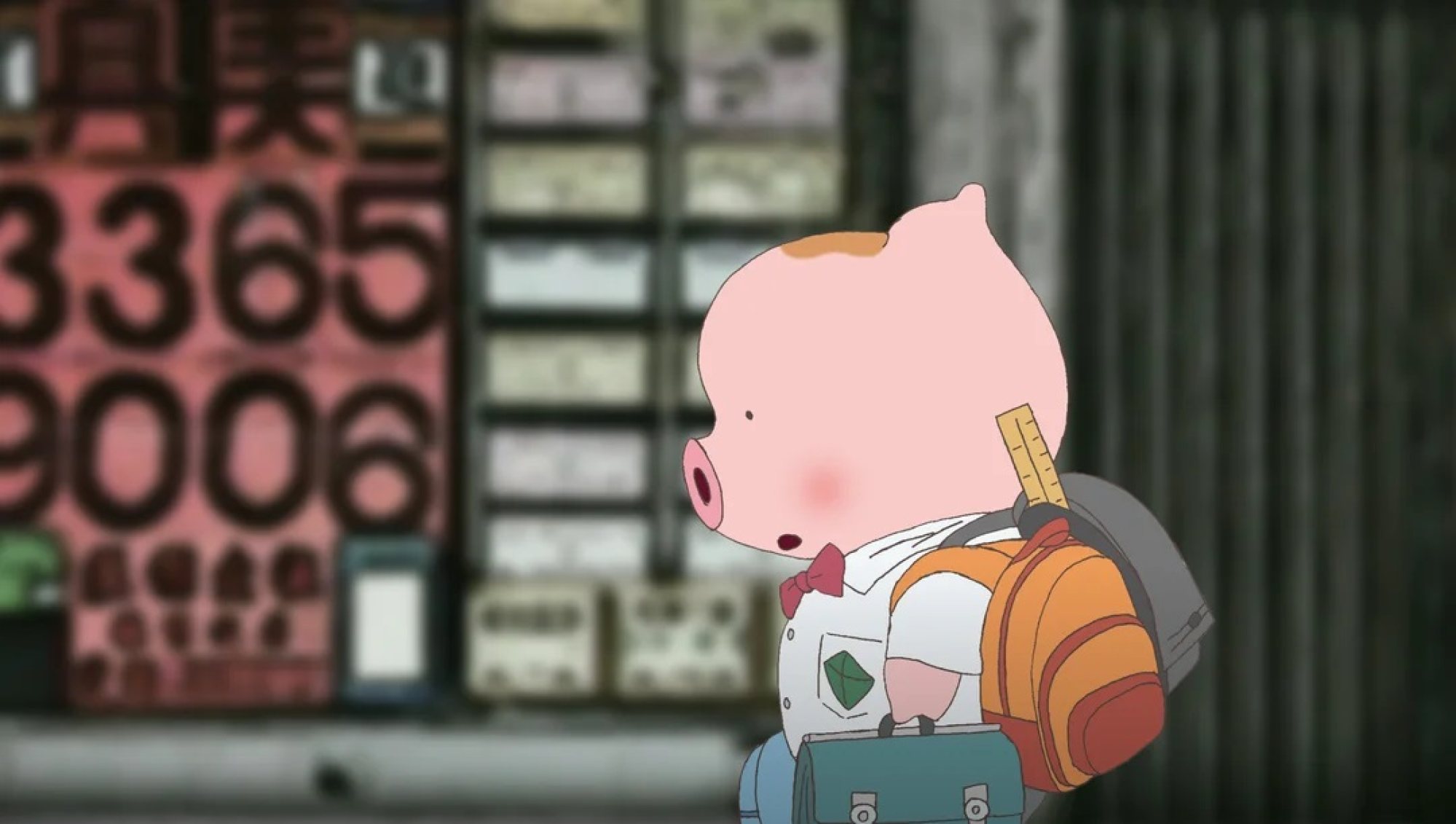
“Hong Kong filmmakers can quickly churn out works to meet trends and cinema schedules, and loose approaches to things like screenwriting are part of that,” he adds. “But successful animation needs quality concepts and plenty of time, patience and artistry.”
“It dug deeper into the city’s psyche and collective fears about such matters as urban renewal tearing communities apart in the name of progress. It’s also a wonderful celebration of the bond between a single mother and her kid – and Mrs Mak remains one of the city’s great unsung heroes,” he says.
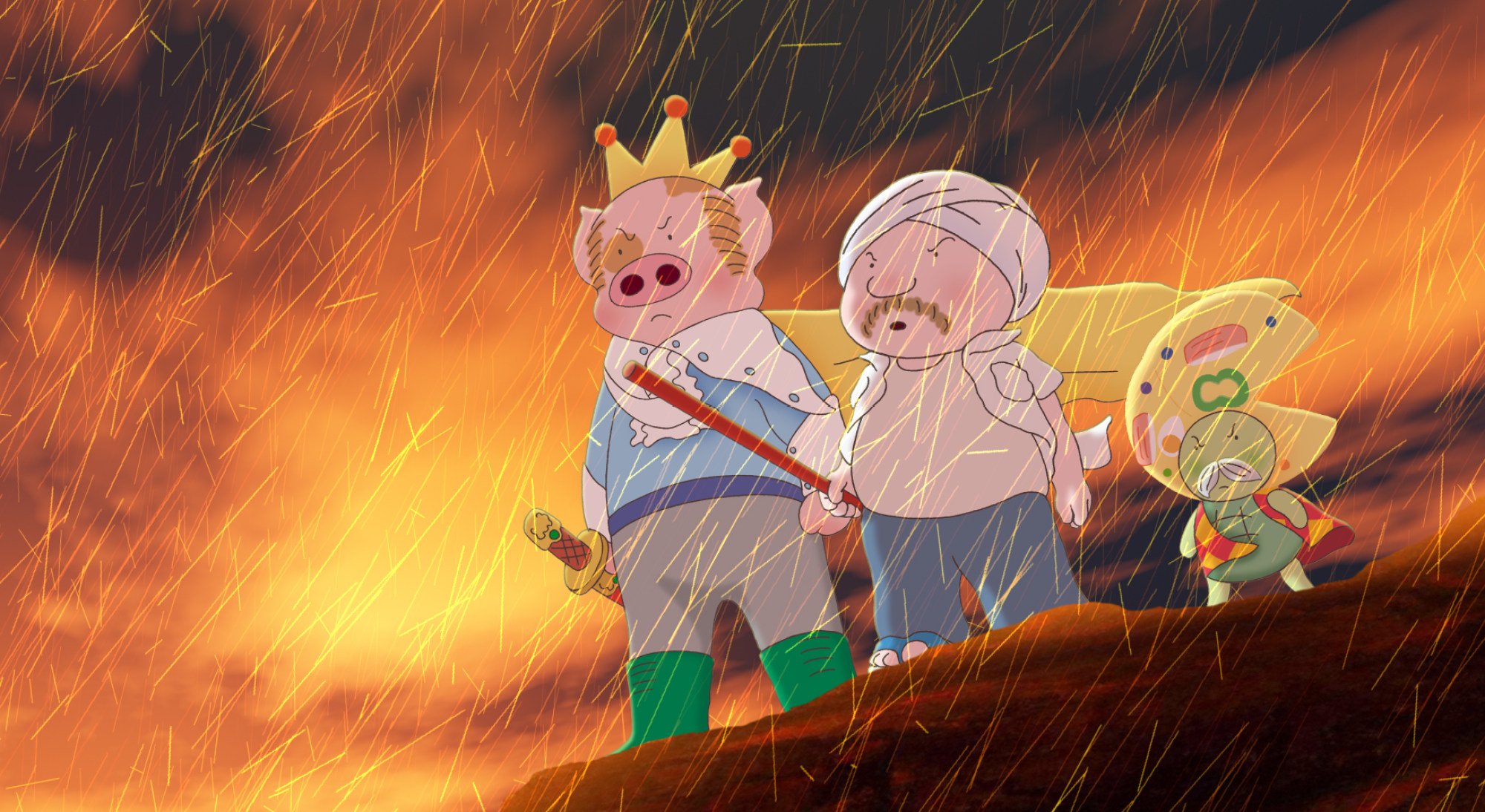
The films after that were a mixed bag, Youngs says.
“Approaches to the mainland [Chinese] market with films like McDull Kung Fu Kindergarten (2009) saw a reduction in the local flavour, and the move to spice up the animation with artist Yeung Hok-tak’s hard-edged character design in McDull: The Pork of Music (2012) didn’t sit well with some viewers used to the series’ usual pastel scenes,” he says.
In this regular feature series on the best of Hong Kong cinema, we examine the legacy of classic films, re-evaluate the careers of its greatest stars, and revisit some of the lesser-known aspects of the beloved industry.

